Sort Tuples By First Element
Introduction:
Tuples are an essential data type in Python that allow you to store multiple items in an ordered, immutable sequence. In many cases, you may need to sort tuples based on their first element, which can be achieved using various methods. This article will explore the definition of a tuple, how tuples are used in Python, and delve into different techniques for sorting tuples by their first element. Additionally, we will address commonly asked questions related to this topic.
Definition of a Tuple in Python:
A tuple in Python is an ordered collection of elements, enclosed in parentheses and separated by commas. Unlike lists, tuples are immutable, meaning their values cannot be modified after creation. Tuples can consist of elements of different data types, and they can be nested within other tuples or data structures.
How Tuples are Used in Python:
Tuples find applications in a wide range of scenarios due to their immutability. They are commonly used to represent collections of related values, such as coordinates, database records, or multiple return values from a function. Tuples are also utilized in performing complex operations, such as destructuring, packing and unpacking, and as keys in dictionaries.
Understanding the First Element of a Tuple:
The first element of a tuple refers to the value present at index 0. Python indexing starts from 0, so accessing the first element can be done using the index operator ([0]). Understanding the first element is crucial when it comes to sorting tuples based on this element.
Methods for Sorting Tuples by the First Element:
1. Using the sorted() Function:
The sorted() function is a built-in Python function that returns a sorted list from an iterable by a specified key. By specifying the key as the first element of each tuple, the sorted() function can sort the tuples accordingly.
2. Sorting Tuples using Lambda Functions:
Lambda functions are anonymous functions that can be used for one-time or small-scale operations. By defining a lambda function that takes each tuple as an argument and returns the first element, tuples can be sorted using the sorted() function.
3. Sorting Tuples by the First Element using itemgetter() Function:
The itemgetter() function from the operator module allows you to retrieve items from an iterable based on their indices. By specifying the index 0 as the argument for itemgetter(), it becomes possible to sort tuples by their first element.
FAQs:
Q1. How can I sort a tuple in Python?
To sort a tuple, you can utilize the sorted() function and specify a key argument that selects the desired element for sorting.
Q2. How can I retrieve all the first elements from a list of tuples in Python?
You can achieve this by using a list comprehension and iterating over the list of tuples, extracting the first element for each tuple.
Q3. What is the purpose of lambda functions in sorting tuples?
Lambda functions provide a concise approach for defining a sorting key based on the first element of each tuple. They eliminate the need to define a separate function for such a specific requirement.
Q4. What is the difference between the sorted() function and sort() method?
The sorted() function returns a new list containing the sorted elements, while the sort() method modifies the list in-place.
Q5. How can I sort tuples in descending order by the first element?
By specifying the reverse=True argument within the sorted() function or by using the key=lambda function in reverse order, tuples can be sorted in descending order.
Conclusion:
Sorting tuples by their first element is a common task in Python, and it can be accomplished using various techniques discussed in this article. We explored the definition and usage of tuples, understood the significance of the first element, and covered the procedures for sorting tuples using sorted(), lambda functions, and itemgetter(). By mastering these methods, you can efficiently manipulate and organize tuples in your Python programs.
Python: Sort List Of Tuples By First Element
Keywords searched by users: sort tuples by first element Sort tuple Python, Get all first elements of list of tuples python, Python sort lambda key, Python sorted lambda, python sort tuple list by first element, Extract element from tuple python, Python sort tuple ascending and descending, Get first element of zip python
Categories: Top 52 Sort Tuples By First Element
See more here: nhanvietluanvan.com
Sort Tuple Python
Tuples are perhaps one of the most versatile and commonly used data structures in Python. They allow you to group together various data types, such as strings, integers, or other tuples, into a single object. However, there may be situations where you need to sort a tuple based on certain criteria. In this article, we will explore the concept of sorting tuples in Python and provide you with a complete understanding of how to accomplish this task effectively.
Understanding Tuples in Python
Before diving into the sorting mechanisms, it is essential to have a solid understanding of tuples. In Python, a tuple is an ordered, immutable collection of objects enclosed within parentheses. For instance, consider the following example:
my_tuple = (“apple”, “banana”, “orange”, “grape”)
In this case, my_tuple consists of four elements: “apple”, “banana”, “orange”, and “grape”. Tuples are particularly useful when you want to store a sequence of values that should not be modified throughout your program execution.
Sorting Tuples
Python provides a built-in function called ‘sorted()’ that allows sorting of tuples based on specific criteria. The sorted() function takes an iterable as an input, which can be a tuple, list, or any other sequence, and returns a new sorted list.
To sort a tuple, simply pass it as an argument to the sorted() function. Let’s consider an example to make it clearer:
my_tuple = (5, 1, 3, 4, 2)
sorted_tuple = sorted(my_tuple)
After executing this code, sorted_tuple will contain the sorted version of my_tuple, which will be (1, 2, 3, 4, 5). Note that the original tuple remains unmodified, as the sorted() function creates a new sorted list instead.
Sorting Tuples with Custom Criteria
In some scenarios, you might want to sort a tuple based on a specific attribute or key value. Python provides a mechanism known as ‘key functions’ that allows you to specify such custom sorting criteria.
A key function is a callable that takes an element from the iterable and returns a value that will be used for sorting. This allows you to sort tuples based on a specific attribute or property. To illustrate this, let’s consider an example where we have a list of tuples representing people’s names and ages:
people = [(“John”, 25), (“Emily”, 32), (“Adam”, 20), (“Megan”, 28)]
Now, if we want to sort this list of tuples based on the ages of the people, we can define a key function that extracts the age value from each tuple, and pass it as an argument to the sorted() function:
sorted_people = sorted(people, key=lambda x: x[1])
In this case, we use a lambda function to define the key function. The lambda function takes an element x, which represents each tuple in the list, and returns the second element (index 1) of the tuple, which represents the age. After executing this code, sorted_people will contain the sorted version of the people list, sorted based on the ages of the individuals.
FAQs
Q1. Can I sort a tuple in reverse order?
Yes, you can sort a tuple in reverse order by passing the ‘reverse=True’ parameter to the sorted() function. For example:
my_tuple = (3, 1, 4, 2)
sorted_tuple_reverse = sorted(my_tuple, reverse=True)
After executing this code, sorted_tuple_reverse will contain (4, 3, 2, 1), which is the reverse order of the original tuple.
Q2. Can I sort a tuple based on multiple criteria?
Yes, you can sort a tuple based on multiple criteria using a tuple of key functions. Each key function will define a different sorting criterion. For example:
people = [(“John”, 25), (“Emily”, 32), (“Adam”, 20), (“Megan”, 28)]
sorted_people = sorted(people, key=lambda x: (x[1], x[0]))
In this case, the tuples will be first sorted based on the ages (x[1]), and then if there are multiple people with the same age, they will be sorted based on their names (x[0]).
Q3. Can I sort tuples based on custom classes or objects?
Yes, you can sort tuples based on custom classes or objects by defining a key function that extracts a specific attribute from the objects. For example:
class Person:
def __init__(self, name, age):
self.name = name
self.age = age
people = [Person(“John”, 25), Person(“Emily”, 32), Person(“Adam”, 20)]
sorted_people = sorted(people, key=lambda x: x.age)
In this case, the key function extracts the ‘age’ attribute from each Person object and uses it for sorting the tuples.
Conclusion
Sorting tuples in Python can be accomplished easily using the sorted() function. Whether you need to sort based on a specific attribute or in reverse order, Python provides the necessary mechanisms to achieve your desired results. By utilizing key functions, you can customize the sorting criteria according to your requirements. With the knowledge gained from this article, you are now equipped with the necessary information to efficiently sort tuples in Python.
Get All First Elements Of List Of Tuples Python
In Python, a tuple is an immutable sequence type commonly used to store related pieces of information together. It is similar to a list but with one fundamental difference – tuples cannot be modified after they are created. This characteristic makes tuples useful in scenarios where you want to protect the integrity of the stored data.
Often, you may come across a situation where you have a list of tuples and need to extract only the first elements from each tuple. Python provides various approaches to accomplish this task efficiently. In this article, we will explore different methods to retrieve the first elements of a list of tuples and discuss their implementation and performance considerations.
Method 1: Using a for loop
One way to extract the first elements of each tuple in a list is by using a for loop. Here’s an example implementation:
“`python
list_of_tuples = [(1, ‘Apple’), (2, ‘Banana’), (3, ‘Cherry’)]
first_elements = []
for tuple in list_of_tuples:
first_elements.append(tuple[0])
print(first_elements)
“`
In this method, we iterate over each tuple in the list and access the first element using indexing (`tuple[0]`). We then append the retrieved first element to a separate list called `first_elements`. Finally, we print the resulting list.
Method 2: Using a list comprehension
List comprehensions provide a concise and efficient way to create new lists based on existing ones. We can leverage this functionality to extract the first elements of the tuples in a list. Here’s an example implementation using a list comprehension:
“`python
list_of_tuples = [(1, ‘Apple’), (2, ‘Banana’), (3, ‘Cherry’)]
first_elements = [tuple[0] for tuple in list_of_tuples]
print(first_elements)
“`
In this approach, we create a new list called `first_elements` using a list comprehension. The comprehension iterates over each tuple in the `list_of_tuples` and extracts the first element. The resulting list contains only the first elements, eliminating the need for an explicit loop.
Method 3: Using the zip function
Another approach to extract the first elements of tuples from a list is by utilizing the `zip` function. The `zip` function can be used to combine multiple iterables into a single iterable of tuples. By applying this function to the list of tuples and using the `*` operator to unpack the resulting tuples, we can separate the first elements into a new list. Here’s an example implementation:
“`python
list_of_tuples = [(1, ‘Apple’), (2, ‘Banana’), (3, ‘Cherry’)]
first_elements = list(zip(*list_of_tuples))[0]
print(first_elements)
“`
In this method, we pass the `list_of_tuples` to the `zip` function and unpack the resulting tuples with `*`. We then convert the resulting iterable into a list and access the first element using indexing (`[0]`). The resulting list, `first_elements`, contains the first elements of all the tuples in the original list.
Performance considerations:
When dealing with large lists of tuples, it is important to consider the performance implications of the different methods.
The first method, using a for loop, is generally the slowest as it involves iterating over each tuple and performing an append operation for each first element. This approach can become inefficient when dealing with large datasets.
The second method, utilizing list comprehensions, is more concise and performs better than the for loop. List comprehensions are optimized in Python and often provide faster execution times.
The third method, using the zip function, is the most efficient approach in terms of performance. It takes advantage of the built-in zip functionality, which is implemented in C and optimized for speed.
FAQs:
Q: Can I modify the first elements of the original tuples in the list?
A: No, tuples are immutable objects in Python, which means their elements cannot be modified directly.
Q: How can I retrieve the first elements of a list of tuples as a single string?
A: If you want to concatenate all the first elements into a single string, you can use the `join` method. Here’s an example:
“`python
list_of_tuples = [(1, ‘Apple’), (2, ‘Banana’), (3, ‘Cherry’)]
first_elements = [str(tuple[0]) for tuple in list_of_tuples]
result = ”.join(first_elements)
print(result)
“`
This code converts each first element to a string using a list comprehension and then joins them together using the `join` method, with an empty string as the separator.
In conclusion, extracting the first elements from a list of tuples in Python is a common task that can be accomplished using different methods. By understanding the available approaches and their respective performance characteristics, you can choose the most suitable method for your specific needs. Whether you opt for a for loop, a list comprehension, or the zip function, Python provides flexible and efficient solutions to tackle this task.
Python Sort Lambda Key
When it comes to sorting data in Python, the built-in `sort()` function is a go-to tool for most developers. However, there are situations where the default sorting order is not suitable or sufficient for our needs. This is where the lambda key comes into play. In this article, we will dive deep into the concept of the Python sort lambda key, explore its syntax, and understand how it can be used to cater to specific sorting requirements.
Understanding the Basics: Sort Function and Key Parameter
Before we delve into the lambda key, let’s briefly review how the `sort()` function works in Python. The `sort()` function is used to rearrange the elements of a list in ascending order by default. However, it can also take an optional `key` parameter which allows us to define custom sorting rules.
The `key` parameter takes a function as its argument, which is a key idea behind functional programming. The purpose of this function is to compute a value on which the sorting process will be based. Although you can define a separate function to serve as the key, Python allows us to use lambda functions for concise and efficient sorting.
Introducing the Lambda Key
A lambda function, also known as an anonymous or inline function, is a way to define small, one-line functions without assigning them a name. The beauty of lambda functions lies in their simplicity and convenience. We can create them on the fly while specifying their behavior inline.
The lambda key combines the power of the `key` parameter with the conciseness of lambda functions. By using a lambda function as the key argument, we can define sorting criteria swiftly and directly in the `sort()` function call.
Syntax and Usage
The syntax for using the lambda key in Python is as follows:
“`
list.sort(key=lambda x: expression)
“`
Here, `list` is the list to be sorted, `key` is the lambda function representing the custom sorting rules, and `expression` is the value computed by the lambda function based on which the sorting will take place.
Let’s demonstrate this with an example. Consider a list of dictionaries representing students, where each dictionary contains information about their name, age, and grade:
“`python
students = [
{“name”: “Alice”, “age”: 20, “grade”: “A”},
{“name”: “Bob”, “age”: 19, “grade”: “B”},
{“name”: “Catherine”, “age”: 21, “grade”: “A”},
{“name”: “David”, “age”: 18, “grade”: “C”}
]
“`
Suppose we want to sort the students based on their age. We can achieve this using the lambda key as follows:
“`python
students.sort(key=lambda x: x[“age”])
“`
After executing the above code, the `students` list will be sorted in ascending order of age, resulting in:
“`python
[
{“name”: “David”, “age”: 18, “grade”: “C”},
{“name”: “Bob”, “age”: 19, “grade”: “B”},
{“name”: “Alice”, “age”: 20, “grade”: “A”},
{“name”: “Catherine”, “age”: 21, “grade”: “A”}
]
“`
Frequently Asked Questions
Q: Can I sort the list in descending order using the lambda key?
A: Yes, you can achieve descending order sorting by using the `reverse=True` parameter in combination with the lambda key. For example: `students.sort(key=lambda x: x[“age”], reverse=True)`.
Q: What if I want to sort based on multiple criteria?
A: You can chain multiple lambda functions within the `key` parameter to sort based on multiple criteria. The sorting will be applied from left to right, prioritizing the first lambda function.
Q: Are lambda functions limited to sorting?
A: No, lambda functions have a wide range of applications beyond sorting. They can be used in various scenarios to write concise and efficient code by avoiding the need to define separate functions.
Q: Can I use the lambda key with other sorting functions in Python?
A: Yes, you can use the lambda key with functions like `sorted()` and `max()`, which also accept the `key` parameter.
Q: How does the lambda key impact performance?
A: The lambda key is generally efficient and performs well in most cases. However, it is important to note that complex lambda functions can negatively impact performance. It’s a good practice to consider the complexity and efficiency of the lambda function when using the lambda key.
In conclusion, the Python sort lambda key is a powerful tool that enables us to sort data in a customized manner. By using lambda functions as the `key` parameter, we can conveniently define sorting rules inline. This functional programming approach adds flexibility and clarity to our code, making it a valuable skill to possess for Python developers.
Images related to the topic sort tuples by first element

Found 50 images related to sort tuples by first element theme

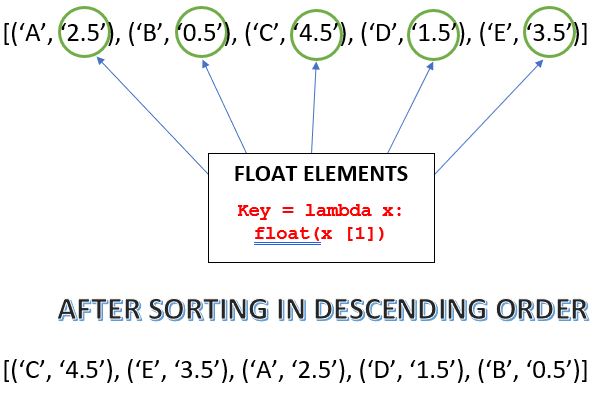

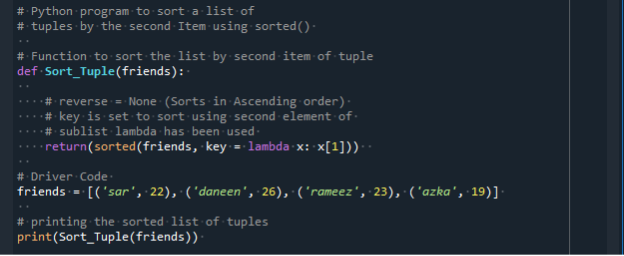





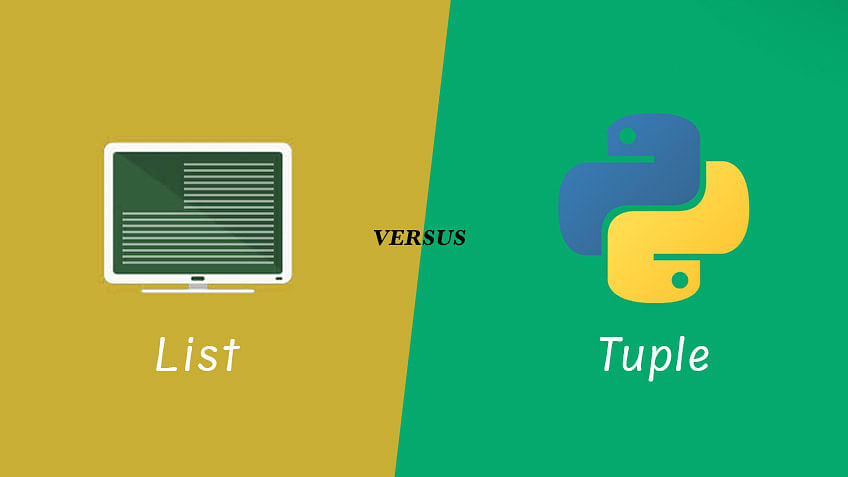



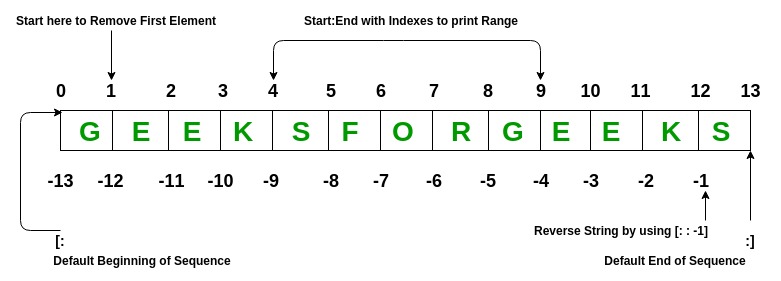
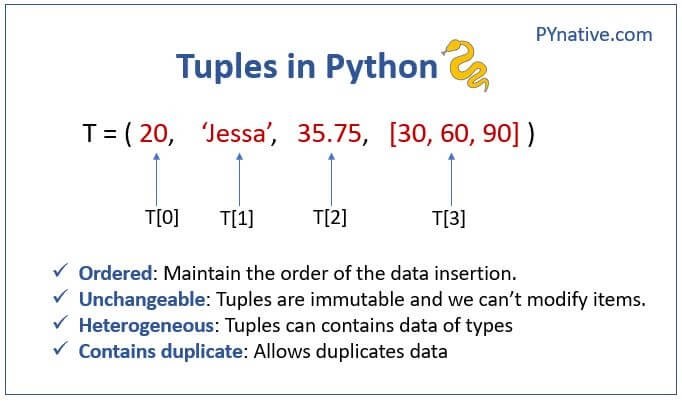




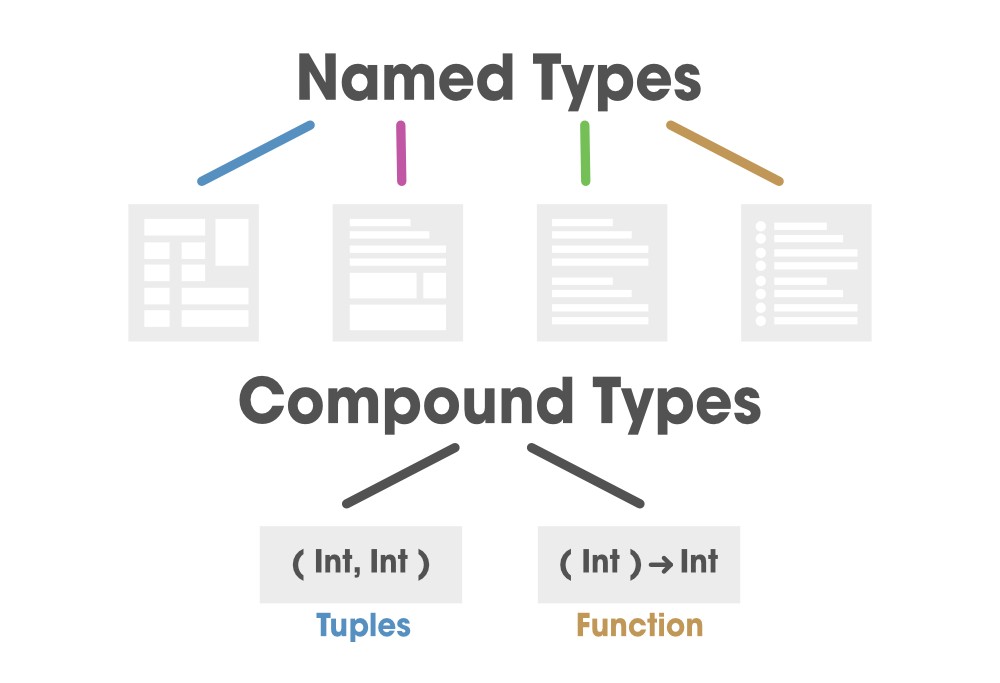





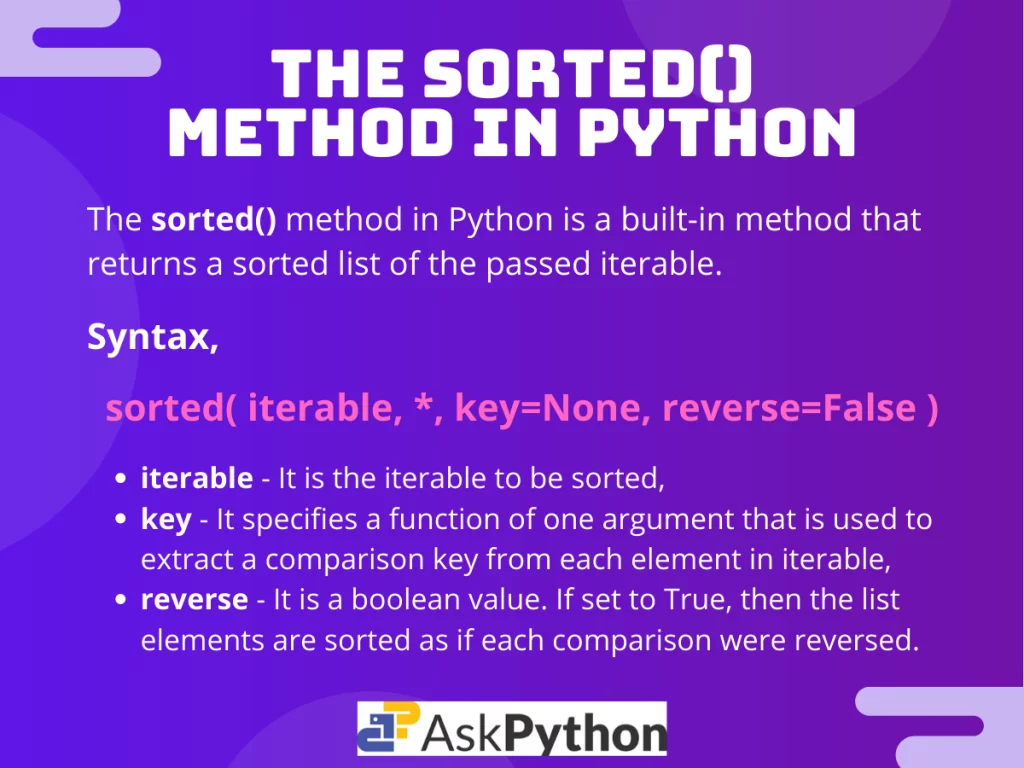












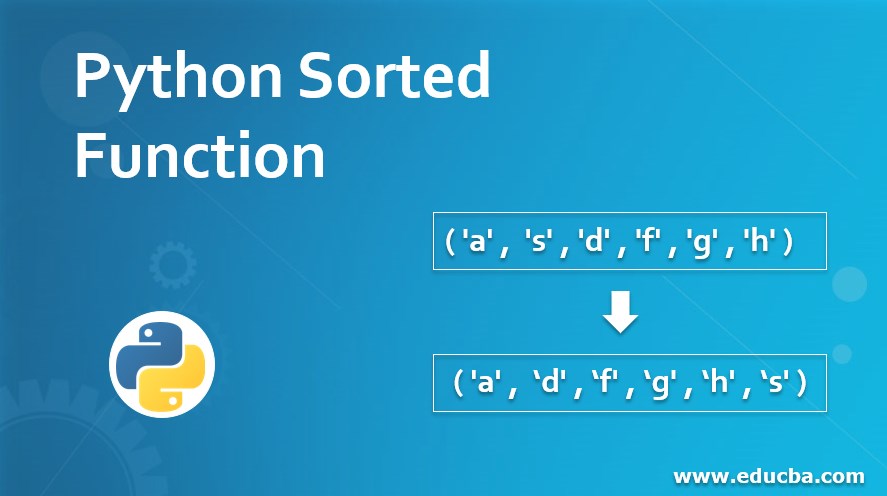







Article link: sort tuples by first element.
Learn more about the topic sort tuples by first element.
- How to Sort List of Tuples in Python – Spark By {Examples}
- Python Program To Sort List Of Tuples
- How to Sort a List of Tuples in Python | LearnPython.com
- Sort a list of tuples by 2nd item (integer value) – Stack Overflow
- Sort list of tuples by first element Python | Example code
- Sort a List of Tuples Using the First Element – AskPython
- How does one sort a List of Tuples of two custom objects by a …
See more: https://nhanvietluanvan.com/luat-hoc/